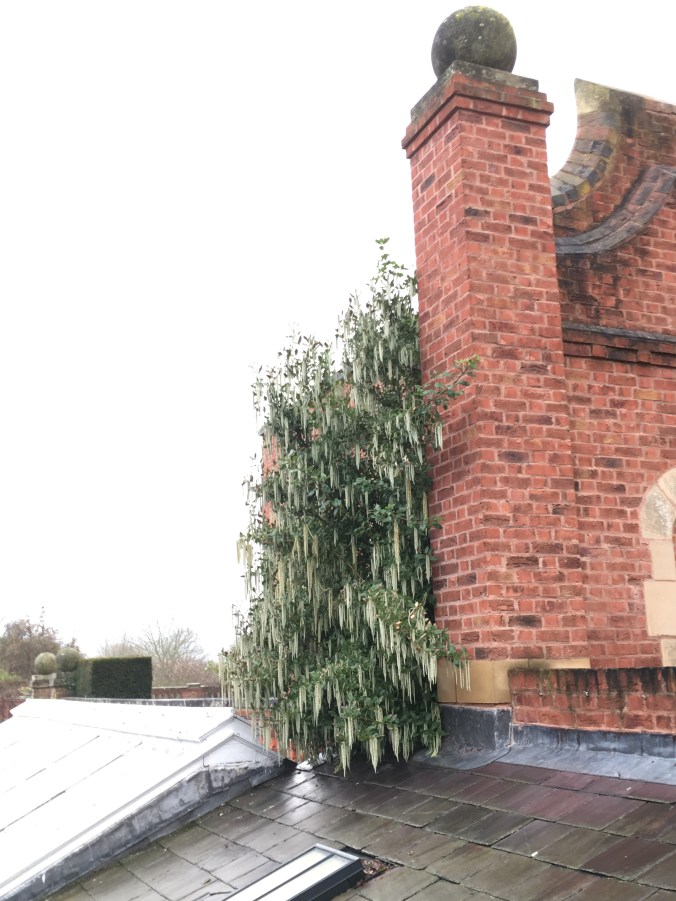BOOK REVIEW
By Harriet Rycroft and Tim Miles
Produced by Reef Publishing for Cotswold Wildlife Park
£18 inc p&p.
Looking through the mansion window, I see a pretty stone terrace, balustrading covered in rambling roses, mighty English oak trees in the distance. And a rhinoceros. Or two. I’m at the Cotswold Wildlife Park and it’s not your traditional garden view!

I can hear blackbirds, robins -and yes, there’s a lion’s roar, and black siamang gibbons “whooping.” I’m having a special behind the scenes tour with head gardener Tim Miles and gardener and writer Harriet Rycroft.
Tim and Harriet have spent the past 18 months working on a new book The Cotswold Wildlife Park- A Celebration of the Gardens. And there’s plenty to celebrate. The gardens are a paradise of exotic plants, special trees and shrubs, and wild flowers.

Photo: Front cover.
There are more than 250 species of animals and birds living at the wildlife park where important conservation and breeding work is being undertaken. The star attraction is undoubtably the white rhinos – saved from poachers in Africa, and now producing offspring.

Photo: my i-phone pic of page 60 in the book. Original photo credit: Harriet Rycroft.
Rhinos appear to have free rein in the parkland setting, but in fact, their paddock is ringed by a ha ha. It means there are no fences. They can clearly be seen from all surrounding paths. When I say “clearly seen,” I might add that the paths meander around flower beds containing thousands of ornamental onions, Allium hollandicum Purple Sensation, and grasses such as Stipa gigantea (giant oat grass) and cultivars of Miscanthus and Cortaderia (pampas grass). It’s rather a wonderful combination. Rhinos and alliums. You’ll not see that anywhere else in the world.

Planting provides browse material for many species, but also, importantly, shelter for the animals. This might be shade from summer sunshine, or protection from wind and rain. Planting must, of course, let visitors see into enclosures, but it is so exhuberant that the the lines are blurred between visitors, animals and the wider landscape.


I did manage to get a good look at African Spoonbills and Madagascan Teal. But if they wanted to hide from me, they could.

It is interesting to see trained fruit trees along the walled garden enclosures. There’s a perfectly-pruned fig, and around the corner there are espalier cherry and pear trees, fruiting kiwi and grape vines. Bamboo, a favourite fodder for many animals, grows inside and outside of the enclosures, again blurring the boundaries between them.

In the Tropical House I spy a Linne’s Two-towed Sloth. It’s the first time I’ve seen one. He’s nestled in amongst the foliage, rubber plants (Ficus elastica) cheese plants (Monstera deliciosa) and bromeliads and orchids. Branches of oak provide “perches” and there’s an illusion that house plants have “escaped” to take root in this mini-jungle. In a fascinating insight into the relationship between keepers and gardeners Tim explains that any plant plagued with pests such as greenfly, is given to the keepers to be placed in the Tropical House. Exotic birds clean up the plants by eating the pests. A win-win situation all round. Natural pest control at its best.

Continuing the tropical theme, in the protection of the Walled Garden, there’s palm trees, bananas and cannas interplanted with dahlias, Begonia luxurians and Begonia fuchsioides. Plants overspill onto the paving so you don’t notice the concrete kerbs. Creeping plants such as Tradescantia, Plectranthus and Verbena cascade and intermingle.

Phormiums, banana plants and bedding such as geraniums and coleus (solenostenum) provide a contrast in form, colour and texture.

Container planting features fuchsias, begonias, scented pelargoniums, trailing Scaevola Sapphire, twining Thunbergia African Sunset, nemesia- and even a Protea cynaroides (king protea). It’s rightly described as a “theatre with plants.”

There’s a conservatory- leading to the Bat House and Reptile House- where I spotted a pretty pink Cantua buxifolia.

Some sort of pink grevillea also thrives in the protection of the glass.

I’m still searching for the name of this pretty blue flowering plant. Let me know if you have a name for it. It’s rather lovely to visit a garden and find something you haven’t seen before.

No surface seems to be left without cover. This is the end wall of the rhino house, smothered in golden-flowering Fremontodendron California Glory.
We just throw our weeds in a compost bin, but certain weeds growing at the park provide food for the animals. Giant tortoises love stinging nettles, and goose grass or cleavers are relished by some of the herbivorous reptiles. Banana leaves are popular with stick insects and locusts, but are also given to squirrel monkeys. Honey treats are stuck to the leaves. The monkeys have fun picking off the treats, and then spend time cleaning themselves of the delicious sticky honey.
Gardeners don’t just get requests for plant material for food and nesting; prunings such as lavender and rosemary provide useful enrichment / active entertainment for the lions. Keepers fill bags with the clippings to make giant catnip toys.

With so many rare and glorious plants, the gardens at Cotswold Wildlife Park are a delight to visit all year round. Visiting transports you to another world. A world that’s been created with imagination and passion. There’s nowhere else quite like it.

All pics, apart from the front cover and the baby rhino, are i-phone photos from my head gardener tour.
Links:
Harriet and Tim’s book is available from Cotswold Wildlife Park https://shop.myonlinebooking.co.uk/cotswoldwildlifepark/shop/product-list.aspx?catid=8



















































































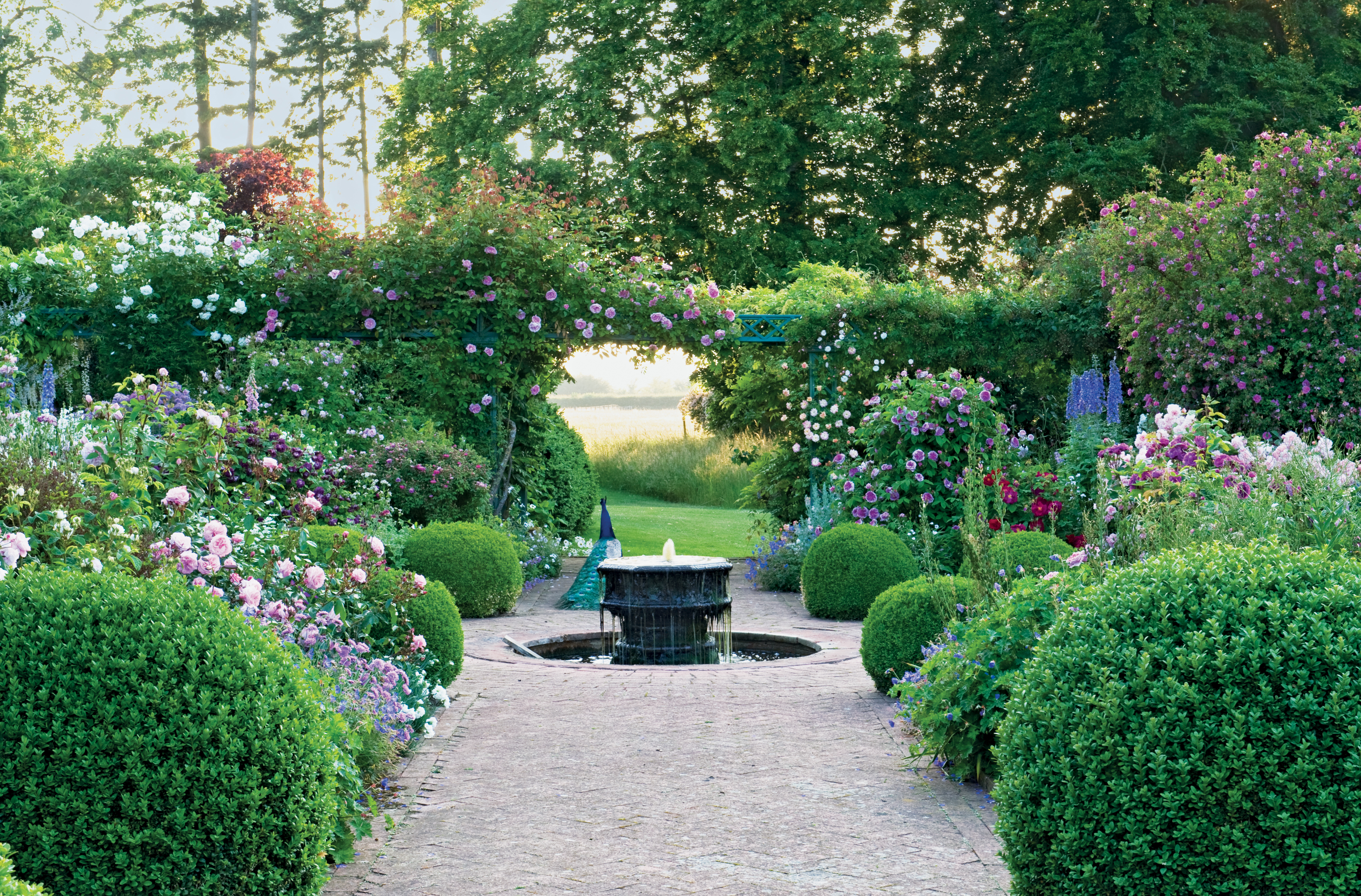
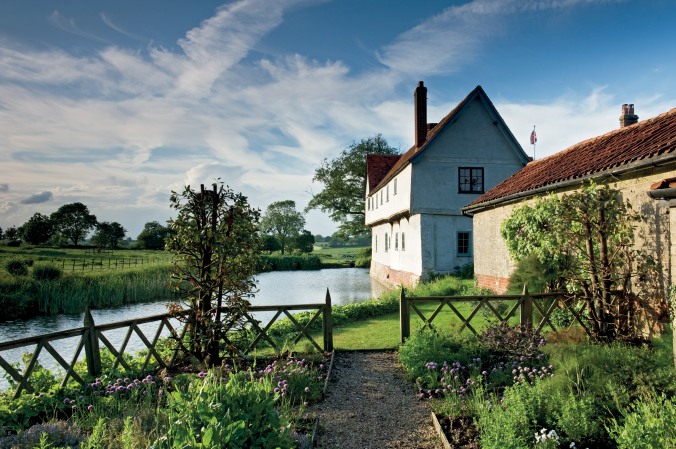
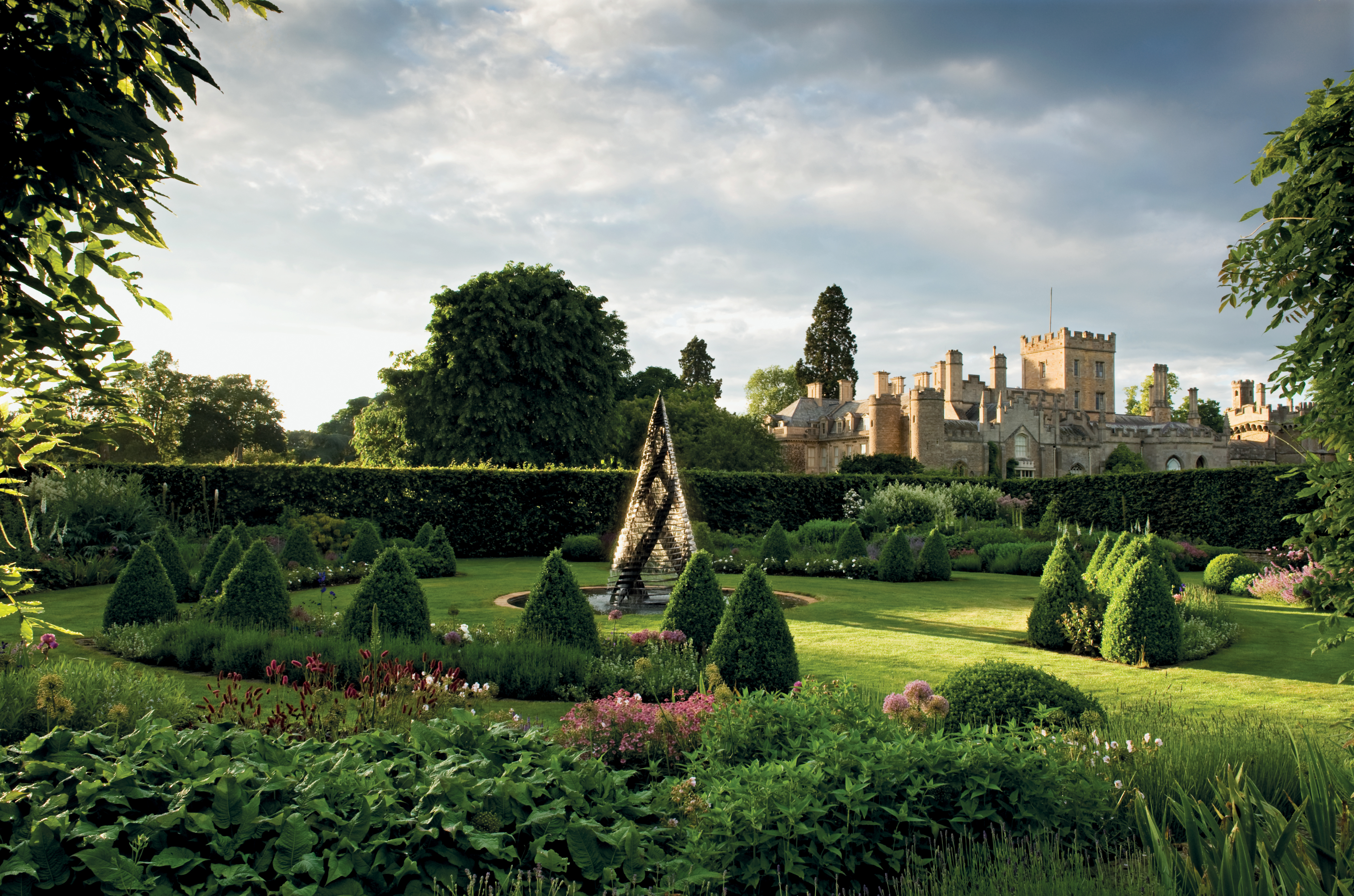
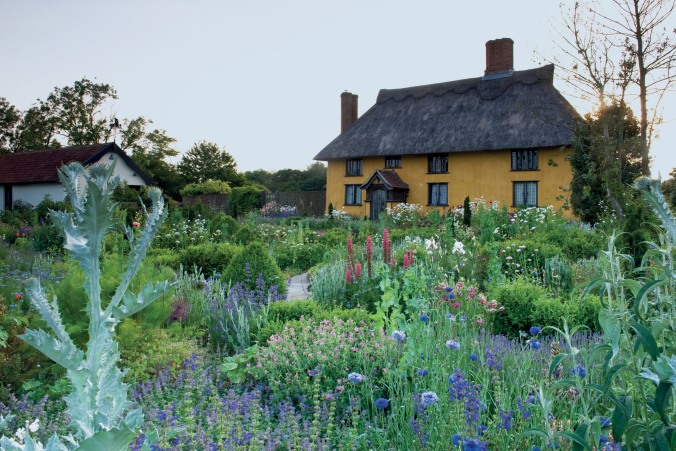
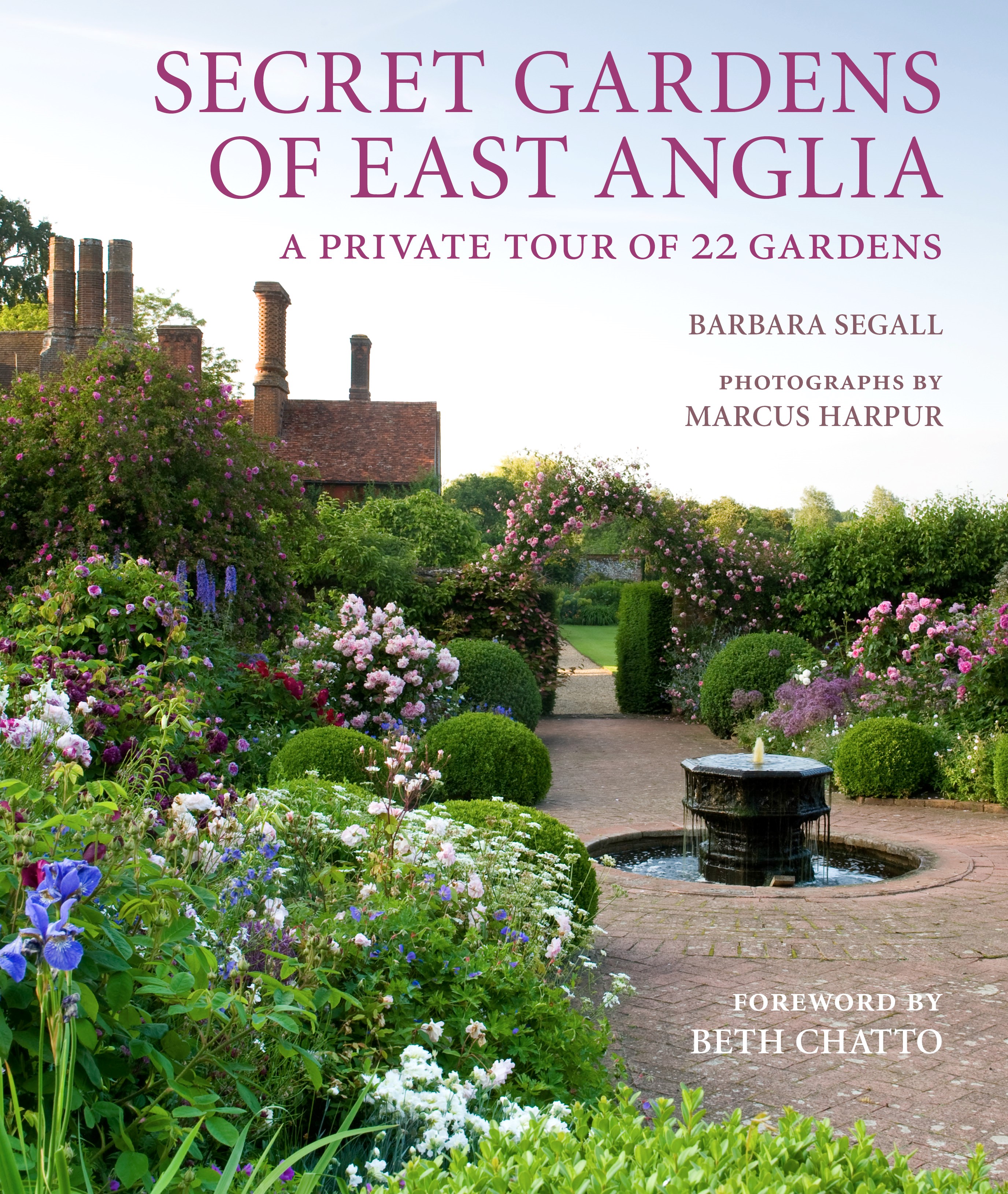






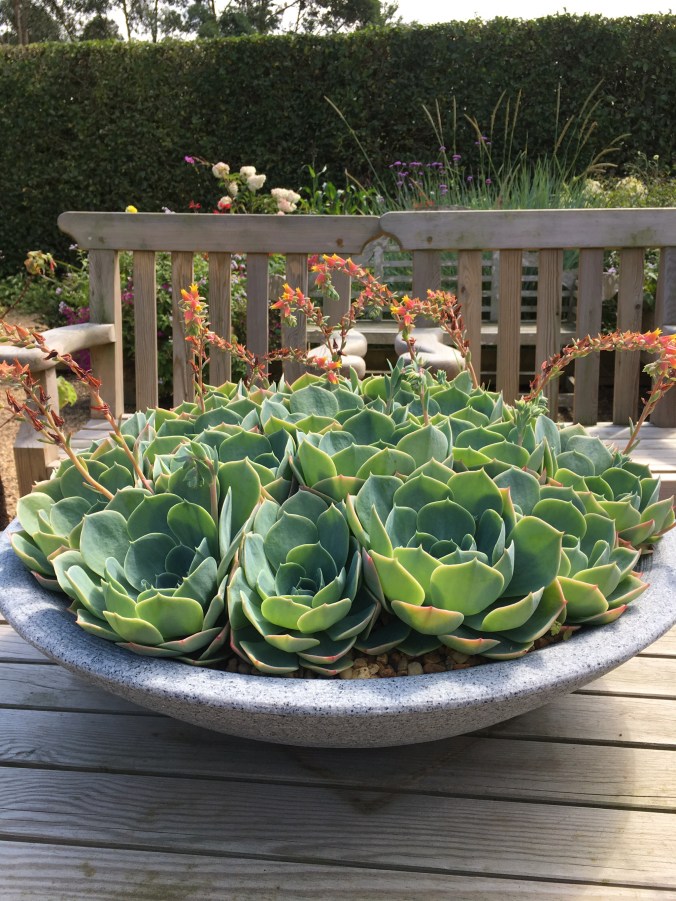

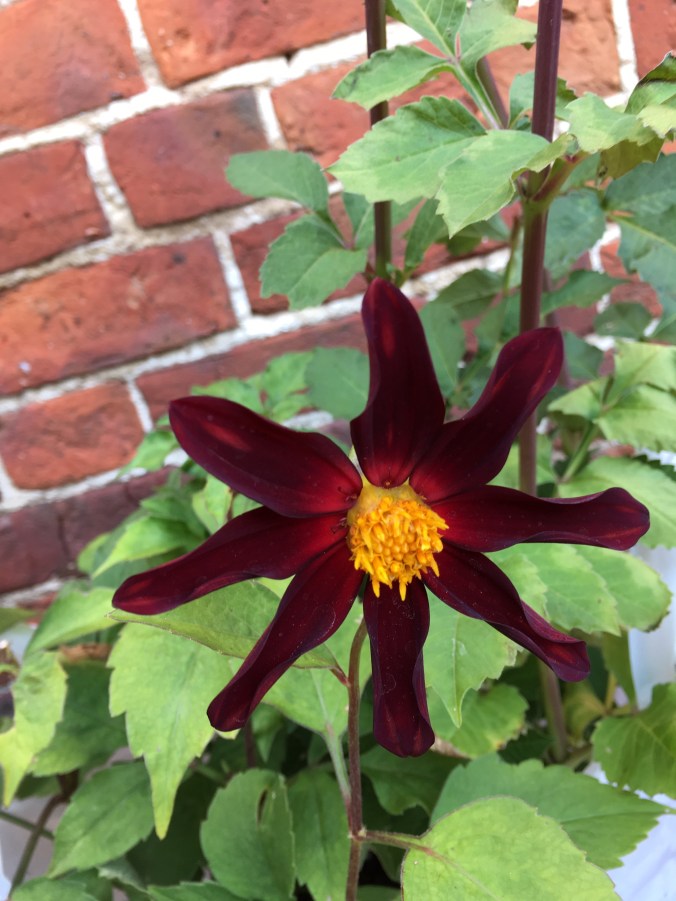









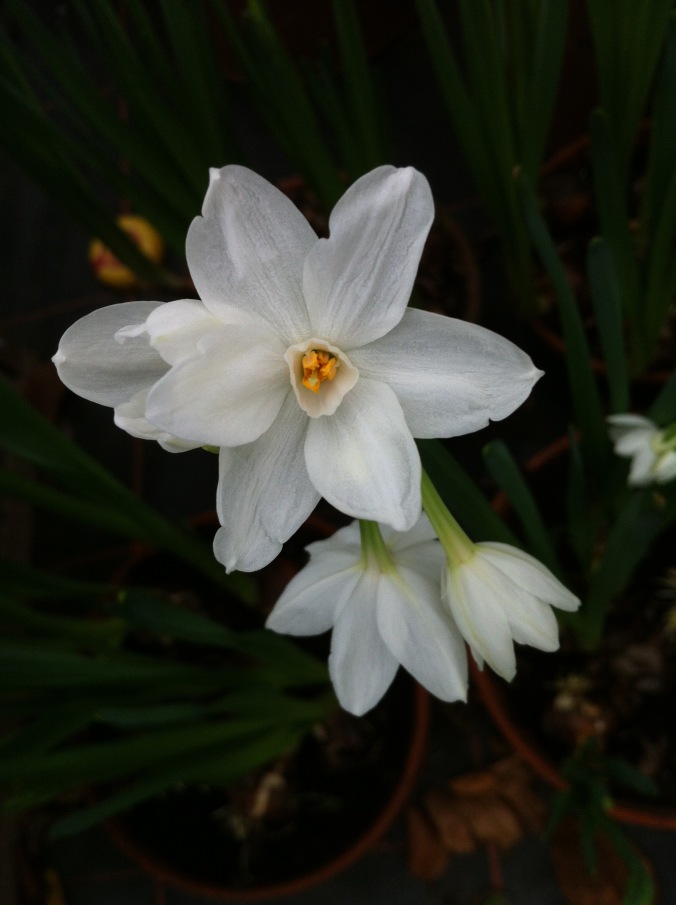 All winter I’ve found a kind of sanctuary in the potting shed. There’s a deep peaceful silence. A protection from the cold. A place to think. I can plot the progress of the seasons from the pottingshed window. Just now I can see gaunt willows bordering the pond. They look like charcoal drawings. I think of my farming ancestors who would have lopped the willows to make sheepfolds at this time of year.
All winter I’ve found a kind of sanctuary in the potting shed. There’s a deep peaceful silence. A protection from the cold. A place to think. I can plot the progress of the seasons from the pottingshed window. Just now I can see gaunt willows bordering the pond. They look like charcoal drawings. I think of my farming ancestors who would have lopped the willows to make sheepfolds at this time of year.






